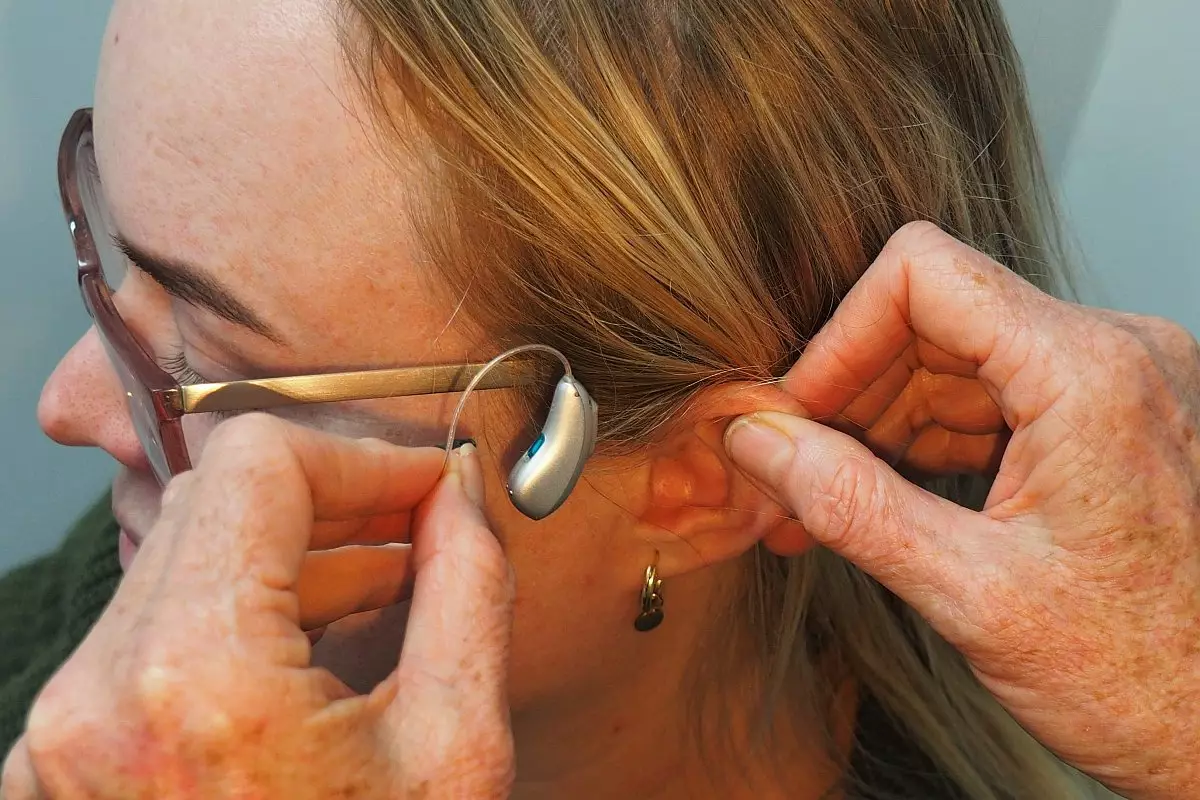The United States Federal Communications Commission (FCC) has recently implemented pivotal regulations aimed at bolstering accessibility for millions of Americans facing hearing challenges. These new guidelines mandate that all mobile phones sold in the U.S. must be compatible with hearing aids, reflecting a significant step toward inclusivity for approximately 48 million individuals living with varying degrees of hearing loss. In this article, we will delve into the implications of this ruling, the collaboration with various stakeholders, and the expected outcomes for consumers and manufacturers alike.
Hearing loss is a prevalent issue in society, impacting a substantial portion of the population, often undetected or inadequately addressed. The FCC’s decision to require mobile phones to support hearing aids is a direct response to the calls for improved accessibility. By ensuring that all mobile handsets are designed to be compatible, the Commission acknowledges the struggles that those with hearing impairments face in their daily interactions. This regulation not only empowers users but facilitates better engagement with technology that has increasingly become integral to communication and information access.
Collaboration with Stakeholders
The FCC’s approach to establishing these new rules was notably collaborative, as it engaged an independent organization known as the Hearing Aid Compatibility (HAC) Task Force. This task force was composed of various stakeholders, including representatives from smartphone manufacturers, research institutions, wireless service providers, and individuals with hearing impairments. Such collaboration is essential, as it ensures that the resulting guidelines are practical, feasible, and considerate of the diverse needs present within the hearing loss community. The input from individuals with firsthand experiences of hearing loss was particularly invaluable in shaping these regulations.
Starting now, manufacturers will be required to meet the ambitious goal of 100% compatibility of mobile devices with hearing aids. While the FCC has introduced a transition period for this shift, it has not explicitly stated a deadline for compliance, making it crucial for manufacturers to adapt swiftly to these directives. Prior to this, the FCC mandated that 85% of handsets must offer hearing aid compatibility, demonstrating a gradual yet essential progression toward comprehensive accessibility.
One of the most notable aspects of the FCC’s new regulations includes updated Bluetooth requirements aimed at enhancing connectivity between mobile phones and hearing aids. This requirement calls for manufacturers to abandon proprietary standards in favor of more universally applicable technology, streamlining the connection process and expanding the overall accessibility features available to consumers. Improved interoperability is a crucial factor for users who rely on hearing aids or cochlear implants, enabling them to use their devices more seamlessly.
The new rules also emphasize the importance of transparency regarding device compatibility. Manufacturers will now need to provide exhaustive information about their products, particularly concerning hearing aid compatibility, adherence to coupling requirements, and the device’s volume control capabilities. This move ensures that consumers can make informed choices based on their specific needs and preferences—a vital aspect of user empowerment in the technological landscape.
Importantly, the FCC’s regulations are not only beneficial for hearing aid users. By mandating that devices achieve specific volume control benchmarks, manufacturers will also support users who may not wear hearing aids but still struggle with hearing clarity. This consideration ensures that the advancements made in mobile technology service a broader audience, making communication more effective for everyone.
The FCC’s recent decision to establish new hearing aid compatibility rules marks a significant advancement toward accommodating individuals with hearing loss. By fostering collaboration among stakeholders, requiring comprehensive device compatibility, and enhancing Bluetooth standards, the Commission is paving the way for a more inclusive environment. As manufacturers adapt to these changes, the hope is that such measures will not only improve accessibility for many but also encourage ongoing innovation in mobile technology that prioritizes the needs of all users.

Leave a Reply